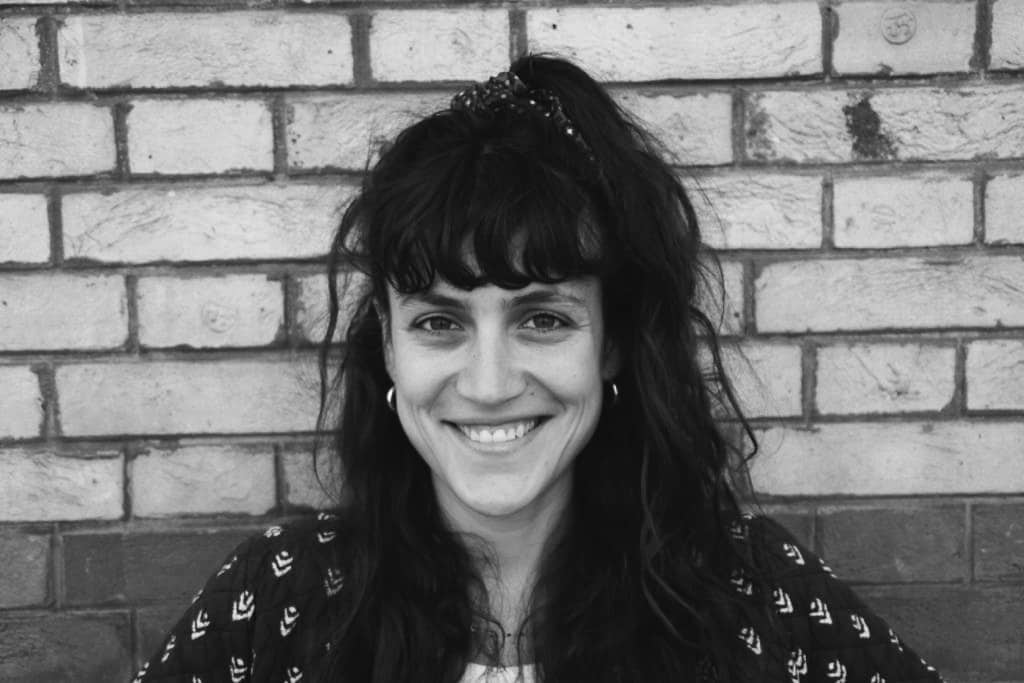Covered in marbled scales, a snake juts out from a crack in the rock to snatch a bat in flight. The scene unfolds in a fraction of a second: enough to snap a shot. The snake’s jaw has not even shut yet, we can see the bloody snout of its prey pointin...



